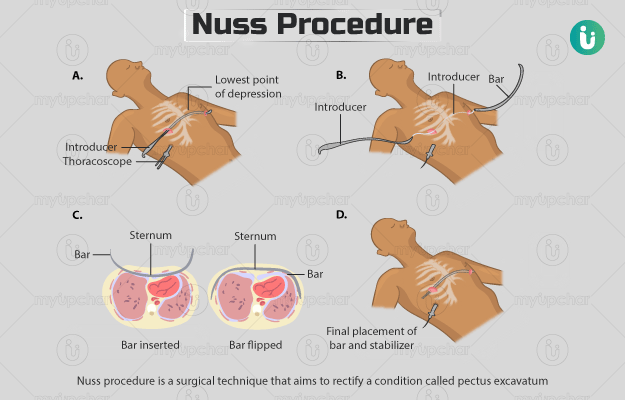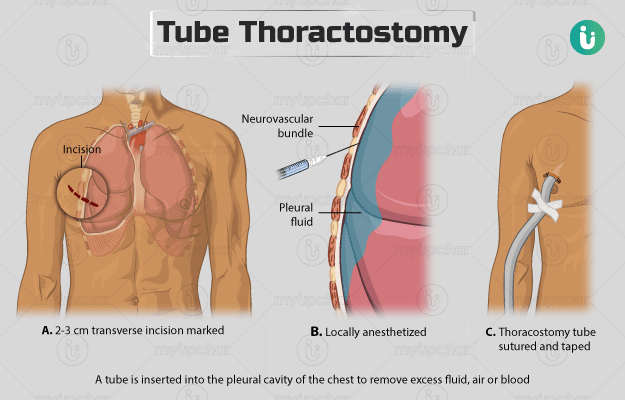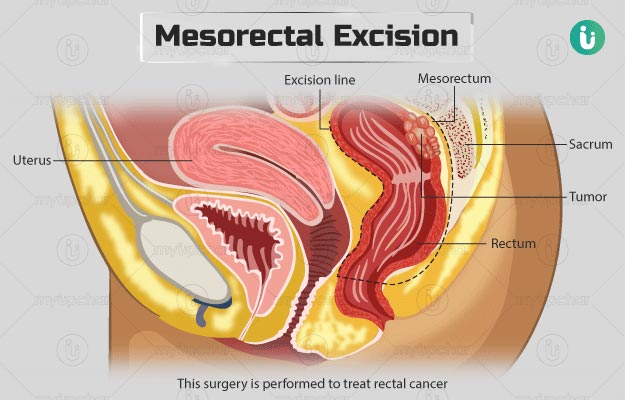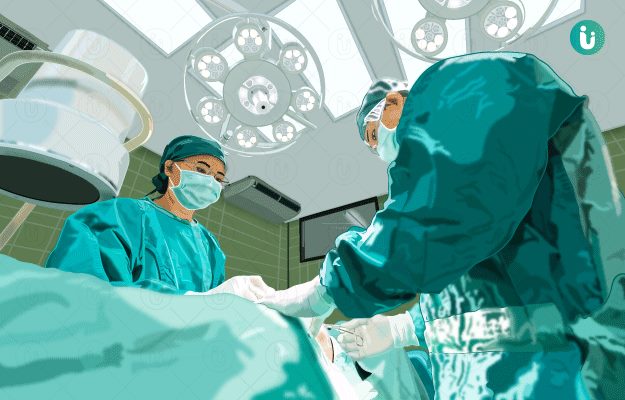Summary
Nuss procedure is a type of minimally invasive surgical procedure that is performed for the treatment of pectus excavatum, a condition in which the chest has a caved-in appearance due to the breastbone sinking into the chest. The condition may also affect the lungs and heart, resulting in symptoms such as breathing difficulties and fatigue. The surgery involves the insertion of curved steel bars behind the breastbone. The steel bars are kept in place for a few years until the chest gains its natural shape. Once the chest attains a good/suitable shape, the steel bars are removed. Although the surgery helps in correcting the shape of the chest, it is not yet proven that it provides relief from symptoms. You may require hospitalisation for about five to seven days after surgery. Additionally, you may need to perform certain breathing exercises and shoulder exercises for a faster recovery and to prevent infections.









































